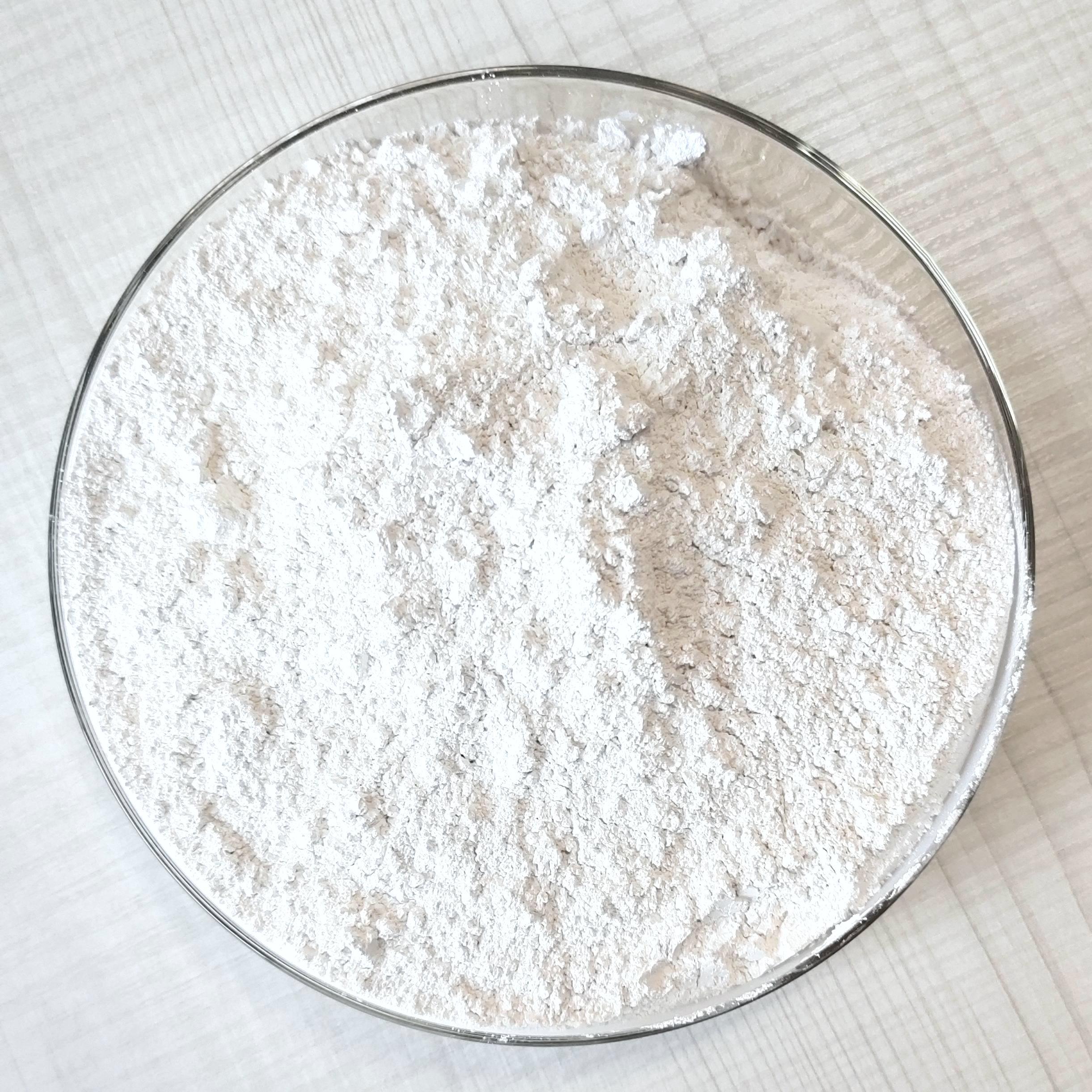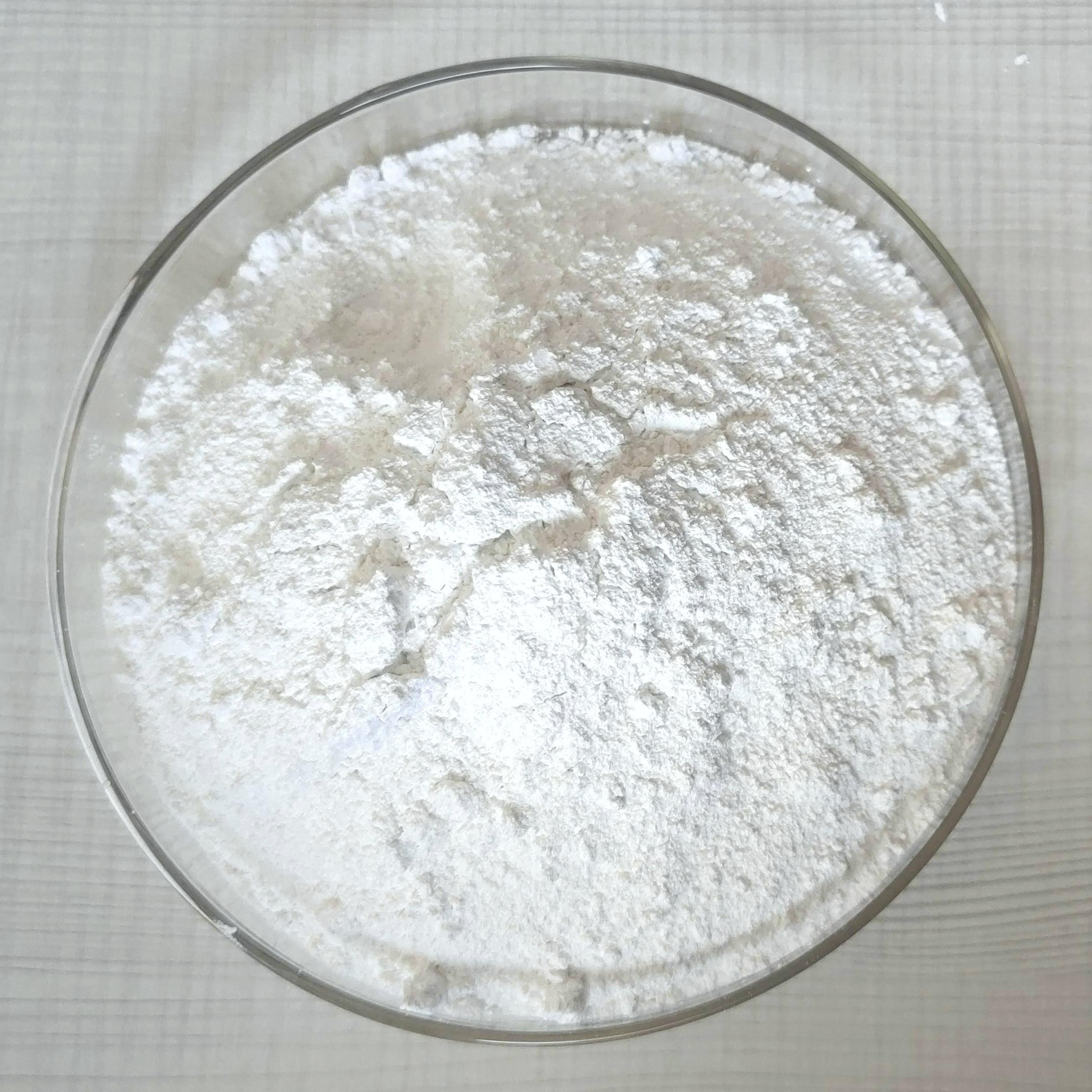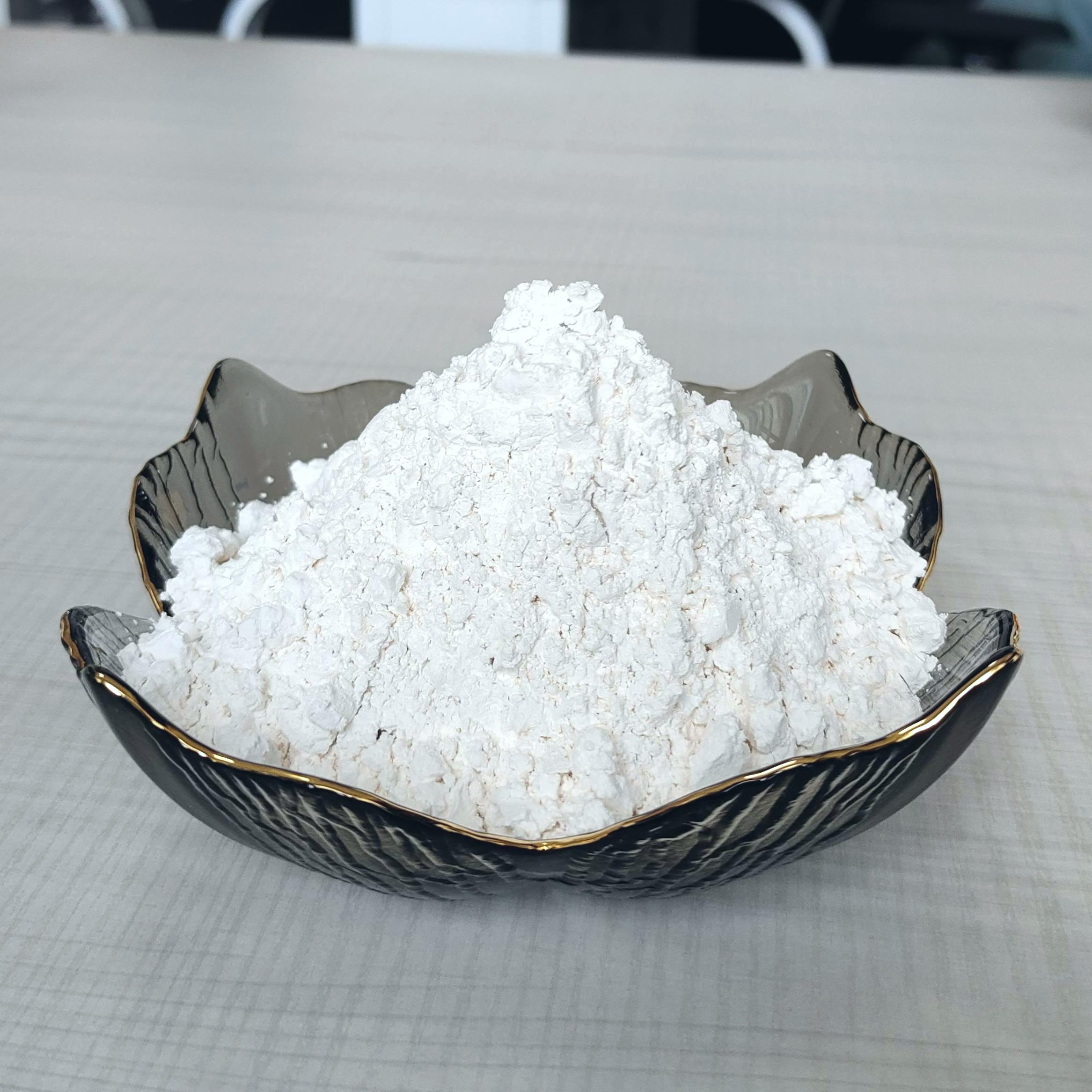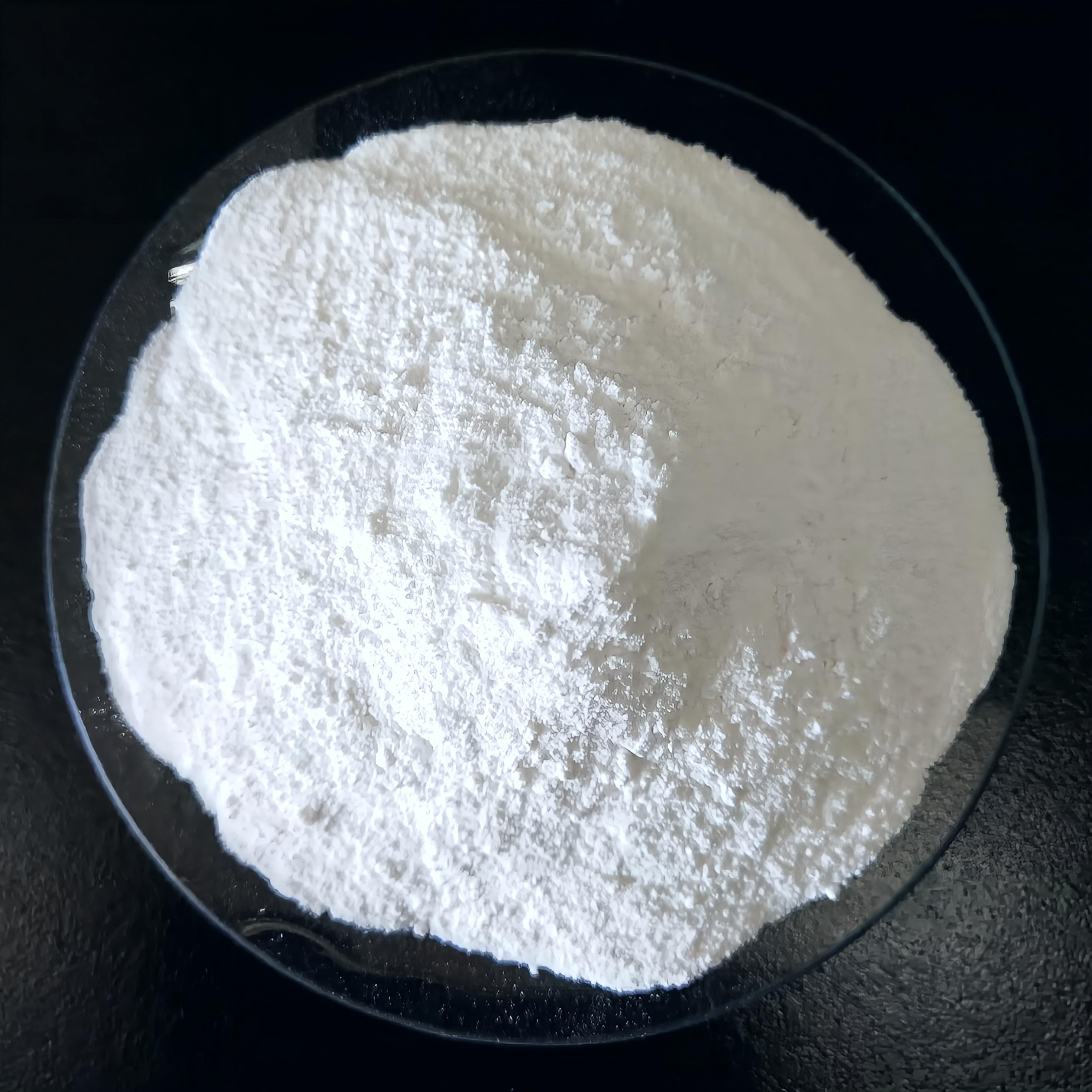23
2025
-
06
Maximizing Color Vibrancy with Colloidal Nano Calcium Carbonate: Unlocking the Potential of Pigments and Dyes
Maximizing Color Vibrancy with Colloidal Nano Calcium Carbonate Table of Contents 1. Understanding Colloidal Nano Calcium Carbonate 2. The Science Behind Color Vibrancy 3. Applications in Pigments and Dyes 4. Benefits of Using Colloidal Nano Calcium Carbonate 4.1 Improved Dispersion 4.2 Enhanced Light Scattering 4.3 Increased Stability of Color 5. Techniques for Integration in Formulations 5.1 Opt
Maximizing Color Vibrancy with Colloidal Nano Calcium Carbonate
Table of Contents
1. Understanding Colloidal Nano Calcium Carbonate
2. The Science Behind Color Vibrancy
3. Applications in Pigments and Dyes
4. Benefits of Using Colloidal Nano Calcium Carbonate
4.1 Improved Dispersion
4.2 Enhanced Light Scattering
4.3 Increased Stability of Color
5. Techniques for Integration in Formulations
5.1 Optimizing Particle Size
5.2 Ensuring Uniform Distribution
6. Case Studies: Successful Applications
7. Future Trends in Color Enhancement
8. Frequently Asked Questions (FAQs)
9. Conclusion
1. Understanding Colloidal Nano Calcium Carbonate
Colloidal nano calcium carbonate (CaCO3) is a fine particulate form of calcium carbonate characterized by its small particle size, typically ranging from 1 to 100 nanometers. This unique structure provides a vast surface area, which enhances its reactivity and effectiveness in various applications. In industrial settings, colloidal nano CaCO3 is utilized not only as a filler but also as a critical component that influences the performance of pigments and dyes.
2. The Science Behind Color Vibrancy
Color vibrancy in pigments and dyes is influenced by several factors including particle size, morphology, and distribution within a medium. The interaction of light with these particles plays a crucial role in how colors are perceived. When light hits a pigment, it can be absorbed, reflected, or scattered. The way these interactions occur directly impacts the brightness, intensity, and overall vibrancy of the color.
3. Applications in Pigments and Dyes
Colloidal nano calcium carbonate finds extensive applications in the production of various pigments and dyes across multiple industries involving paints, coatings, plastics, and textiles. Its ability to enhance color attributes makes it a valuable additive. By incorporating colloidal nano CaCO3, manufacturers can achieve more vivid colors that stand out and last longer in their respective applications.
4. Benefits of Using Colloidal Nano Calcium Carbonate
4.1 Improved Dispersion
One of the primary benefits of colloidal nano calcium carbonate is its enhanced dispersion properties. The fine particle size allows for a more homogeneous mix within formulations. This uniformity not only improves the application but also contributes to the consistency of color across batches.
4.2 Enhanced Light Scattering
The reduced size of particles enhances light scattering properties, which is vital for achieving bright and vibrant colors. In a formulation, nano-sized calcium carbonate particles scatter light more effectively, leading to increased color intensity without the need for additional pigments.
4.3 Increased Stability of Color
Stability is paramount in color formulations. Colloidal nano calcium carbonate aids in maintaining color integrity by reducing the likelihood of settling and separation in liquid mediums. This leads to longer-lasting colors that do not fade easily over time.
5. Techniques for Integration in Formulations
To maximize the benefits of colloidal nano calcium carbonate in color formulations, specific integration techniques must be employed.
5.1 Optimizing Particle Size
While the nano range is beneficial, optimizing the particle size for specific applications is crucial. Too small a size can lead to issues in viscosity and application, while too large can reduce the effectiveness of color enhancement. Achieving the right balance is key to effective use.
5.2 Ensuring Uniform Distribution
The success of colloidal nano calcium carbonate in enhancing color vibrancy depends significantly on its uniform distribution throughout the formulation. Techniques such as high-shear mixing or the use of dispersants can help achieve a well-dispersed solution, ensuring consistent color performance.
6. Case Studies: Successful Applications
Several industries have successfully implemented colloidal nano calcium carbonate to enhance color vibrancy. For instance, in the automotive paint industry, manufacturers have reported improved color depth and gloss. Similarly, in textiles, the use of colloidal CaCO3 has resulted in brighter, more durable colors that withstand washing and exposure to sunlight.
7. Future Trends in Color Enhancement
As technology advances, the use of colloidal nano calcium carbonate is expected to grow. Innovations in nanotechnology will likely lead to even more refined particles that enhance performance further. Additionally, the push for eco-friendly products may influence the development of sustainable alternatives to traditional pigments, with nano calcium carbonate playing a pivotal role in these formulations.
8. Frequently Asked Questions (FAQs)
1. What is colloidal nano calcium carbonate?
Colloidal nano calcium carbonate is a form of calcium carbonate characterized by its nanoscale particle size, enhancing its reactivity and applications in various industries.
2. How does colloidal nano calcium carbonate improve color vibrancy?
It improves color vibrancy through enhanced dispersion, light scattering, and stability, leading to brighter and more stable colors in formulations.
3. What industries benefit from using colloidal nano calcium carbonate?
Industries such as paints, coatings, plastics, and textiles benefit significantly from the use of colloidal nano calcium carbonate to enhance color performance.
4. Can colloidal nano calcium carbonate be used in eco-friendly formulations?
Yes, colloidal nano calcium carbonate can be incorporated into eco-friendly formulations, making it a versatile component in the development of sustainable products.
5. What are the challenges in using colloidal nano calcium carbonate?
Challenges include optimizing particle size and ensuring uniform distribution within formulations, which are crucial for maximizing its benefits in color applications.
9. Conclusion
In the quest for maximizing color vibrancy in pigments and dyes, colloidal nano calcium carbonate emerges as a powerful ally. Its unique properties not only enhance color performance but also improve the overall stability and consistency of formulations. As industries continue to innovate, the potential applications of colloidal nano calcium carbonate will undoubtedly expand, paving the way for more vibrant and durable colors in a wide array of products. Embracing this technology can set manufacturers apart in a competitive marketplace, driving quality and performance to new heights.
best colloidal nano calcium carbonate
Get in Touch with Us Today

EZ Chemical is one of the best suppliers of calcium carbonate series products in China.
CONTACT US
E-mail: kevin_song@ezchemical.cn
ADD:Room 2008, Building 8, Jinse Yangguang, Xin'an East Road, Xin'anjiang Street, Jiande City, Zhejiang Province, China.



